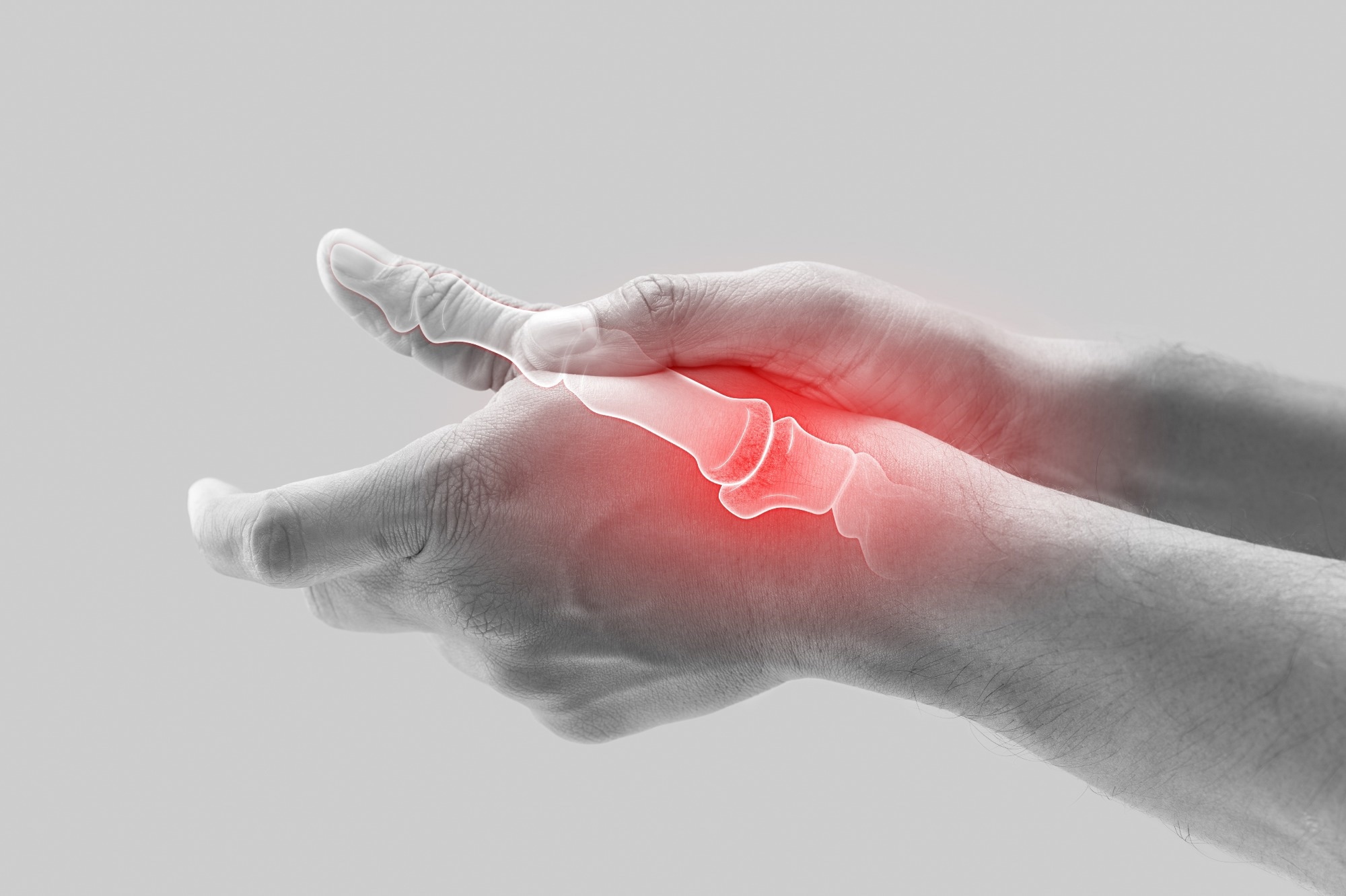The causal relationship between osteoarthritis (OA) and vitamin E status remains unclear to date. A recent Scientific Reports study explores the association between OA and circulating α-tocopherol levels, the main form of vitamin E in the body, using Mendelian randomization (MR) analysis. Study: No genetic causal association between circulating alpha-tocopherol levels and osteoarthritis, a two-sample Mendelian randomization analysis.
Image Credit: Emily frost / Shutterstock.com OA is a progressive degenerative joint disease that is primarily associated with the deterioration of articular cartilage. As a result, OA can lead to significant disability in performing daily activities, thereby reducing the quality of life in affected individuals.

To date, total joint replacement remains the only effective cure for OA. Vitamin E is a powerful antioxidant and lipid-soluble vitamin. Moreover, vitamin E comprises eight forms, including four tocopherols (α, β, γ, and δ) and four tocotrienols (α, β, γ, and δ).
The two primary forms of vitamin E in the body include α- and γ-tocopherol. In OA, oxidative stress is a key mechanism contributing to joint degeneration. Previous studies have attributed vitamin E's role in OA to its antioxidant and anti-inflammatory effects.
In a rat model, rat mesenchymal stem cells (MSCs) were protected from hydrogen peroxide-induced oxidative stress by vitamin E, which subsequently mitigated OA symptoms. Despite these observations, the association o.






















